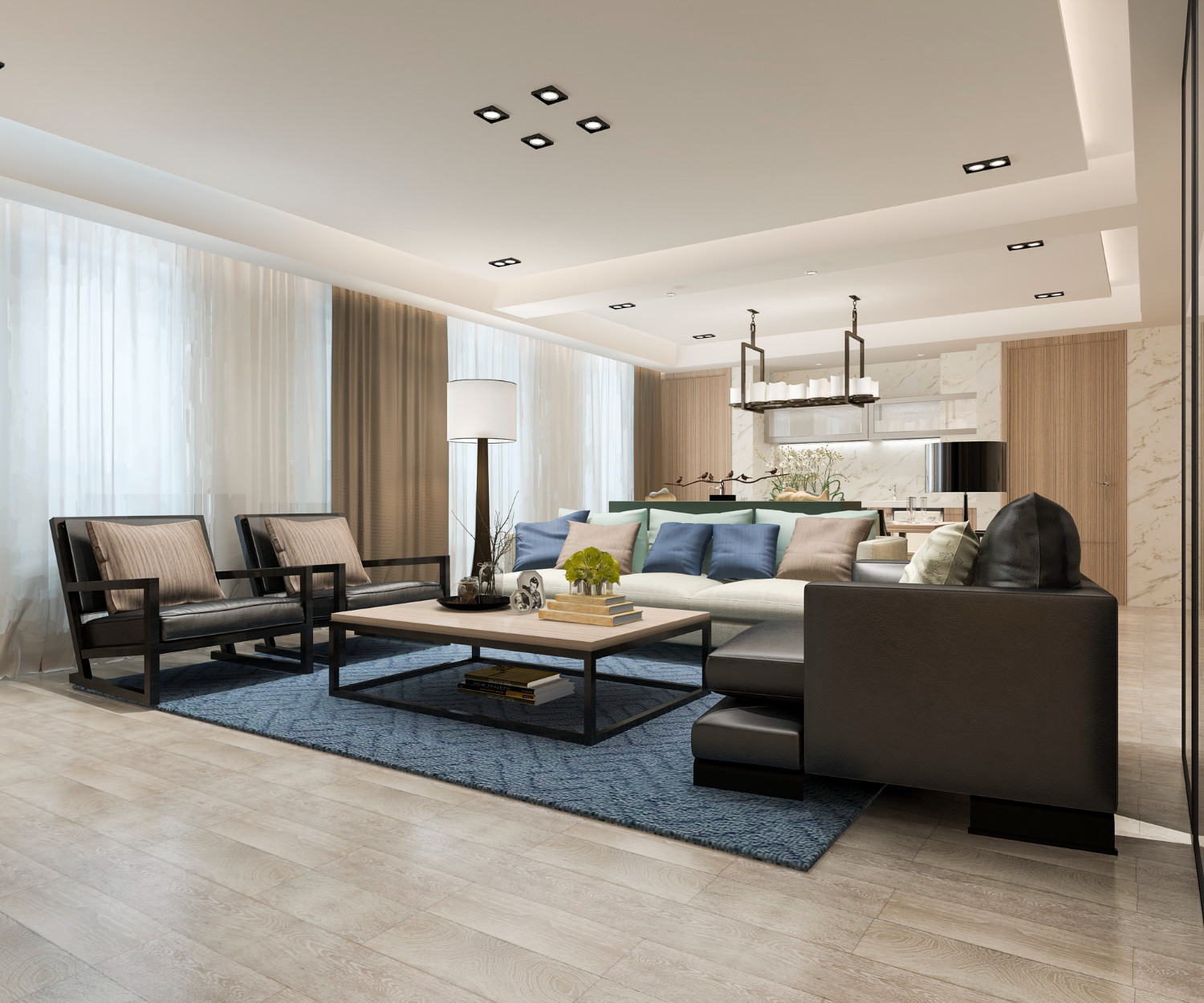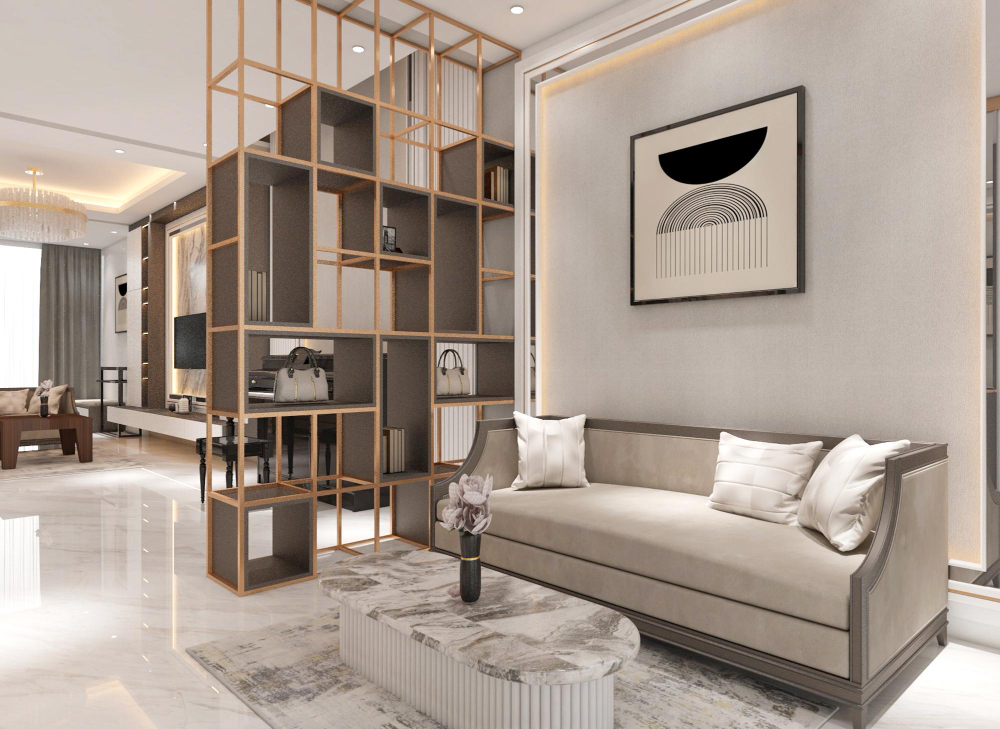Interior design is the art and science of enhancing the interior of a building to create functional and aesthetically pleasing spaces. It plays a pivotal role in shaping our daily experiences, as well-designed interiors can improve comfort, productivity, and well-being. By carefully selecting elements like furniture, color palettes, and decor, interior design transforms a blank space into an environment tailored to its purpose and the needs of its occupants.
Understanding Design Styles
Design styles are the visual and thematic frameworks that define the look and feel of an interior space. They encompass elements such as color palettes, materials, furniture, and decor. These styles evolve, often reflecting cultural and historical influences. For instance, Victorian design showcases the opulence of the 19th century, while modern styles emphasize simplicity and functionality.
Popular Interior Design Styles
Traditional
Traditional design is characterized by timeless elegance, symmetry, and decorated details. Inspired by European decor from the 18th and 19th centuries, it often includes rich wood furniture, plush upholstery, and harmonious color schemes that create a sense of balance and sophistication.
Victorian
Victorian style emphasizes comfort and luxury, with rich colors, intricate patterns, and an abundance of textures. Velvet fabrics, floral wallpapers, and carved wood furniture are staples of this design, evoking a sense of grandeur.
Georgian
Georgian interiors are defined by their classic lines, symmetry, and emphasis on functionality. This style often features neutral color schemes, balanced proportions, and minimal ornamentation, offering a refined yet understated aesthetic.
Mid-Century Modern
The mid-century modern design emerged in the mid-20th century, celebrating clean lines, natural materials, and functionality. This style is renowned for its iconic furniture pieces, such as the Eames chair, and its use of organic shapes and muted tones.
Contemporary
Contemporary design focuses on simplicity and minimalism, with clean lines and uncluttered spaces. Unlike modern design, which references a specific period, contemporary design evolves to reflect current trends, emphasizing innovation and sustainability.
Scandinavian
Scandinavian interiors are synonymous with light colors, natural materials, and a harmonious balance of functionality and comfort. This style often features white walls, wooden furniture, and cozy textiles, creating spaces that feel airy and inviting.
Bohemian
Bohemian design embraces a free-spirited approach, combining an eclectic mix of textures, colors, and patterns. This style often features layered rugs, vibrant fabrics, and curated decor items that tell a story, creating a relaxed and personalized space.
Industrial
Industrial style takes inspiration from warehouses and factories, showcasing raw materials like exposed brick, metal, and wood. With its emphasis on functionality, this design often incorporates open layouts, neutral tones, and utilitarian furniture.
Rustic
Rustic interiors prioritize natural materials, warm colors, and a cozy atmosphere. Reclaimed wood, stone accents, and earthy hues define this style, creating spaces that feel inviting and grounded.
Art Deco
Art Deco is synonymous with glamour and luxury, featuring bold geometric patterns, metallic finishes, and rich materials like velvet and marble. This style harks back to the opulence of the 1920s and 1930s.
Mediterranean
The mediterranean design captures the relaxed and airy vibe of coastal living. Whitewashed walls, blue accents, and natural textures like terracotta and rattan create a light and breezy atmosphere.
Asian-Inspired
Asian-inspired interiors emphasize serenity and simplicity, incorporating natural materials and Zen principles. Clean lines, minimal decor, and elements like bamboo and shoji screens create a tranquil environment.
Choosing the Right Style for You
The journey to finding your ideal design style begins with self-reflection. Consider your lifestyle, personality, and daily routines. Are you drawn to vibrant colors or muted tones? Do you prefer minimalism or layered textures? Exploring mood boards and inspirational images can help you pinpoint the styles that resonate with you.
The characteristics of your space play a crucial role in determining the right design style. Evaluate the size, shape, and natural light of the room. A compact space may benefit from a minimalist style like Scandinavian, while a larger room can accommodate the grandeur of traditional design. The function of the space—whether it’s a living room, bedroom, or kitchen—also influences your choice.
Creating a Mood Board
Create a mood board to envision your desired style. Collect images, fabric swatches, paint samples, and decor ideas that align with your preferences. This step allows you to experiment with combinations and refine your vision before making any purchases.
Implementing Your Chosen Style
Furniture is a cornerstone of interior design. Choose pieces that complement your chosen style while fitting the dimensions of your space. For an eclectic look, don’t shy away from mixing and matching furniture from different styles, as long as they share a unifying element, such as color or material.
Color is a powerful tool in interior design, shaping the mood and ambiance of a space. Create a cohesive color scheme that reflects your chosen style, using accent colors to add personality. For instance, a Scandinavian design might feature neutral tones with pops of pastel, while Art Deco may embrace rich jewel tones.
Lighting enhances the functionality and aesthetic appeal of a space. Incorporate a mix of ambient, task, and accent lighting to create depth and dimension. Accessories like artwork, throw pillows, and plants add a personal touch, bringing your chosen style to life.
Conclusion
Interior design is more than just creating a visually pleasing space; it’s about expressing your unique personality and style. A thoughtfully designed interior can enhance your mood, foster creativity, and improve your overall well-being. By understanding and implementing a design style that resonates with you, you can transform your home into a sanctuary that reflects who you are.
FAQs:
- What is the difference between modern and contemporary design?
Modern design refers to a specific period (mid-20th century), emphasizing clean lines and natural materials. Contemporary design evolves with current trends and focuses on simplicity.
- How do I choose the right design style for my space?
Start by analyzing your personal preferences, considering the size and function of your space, and creating a mood board to visualize your ideas.
- Can I mix different design styles in one space?
Yes, mixing styles can create a unique and personalized look. Focus on finding unifying elements like color, texture, or material to maintain cohesion.






